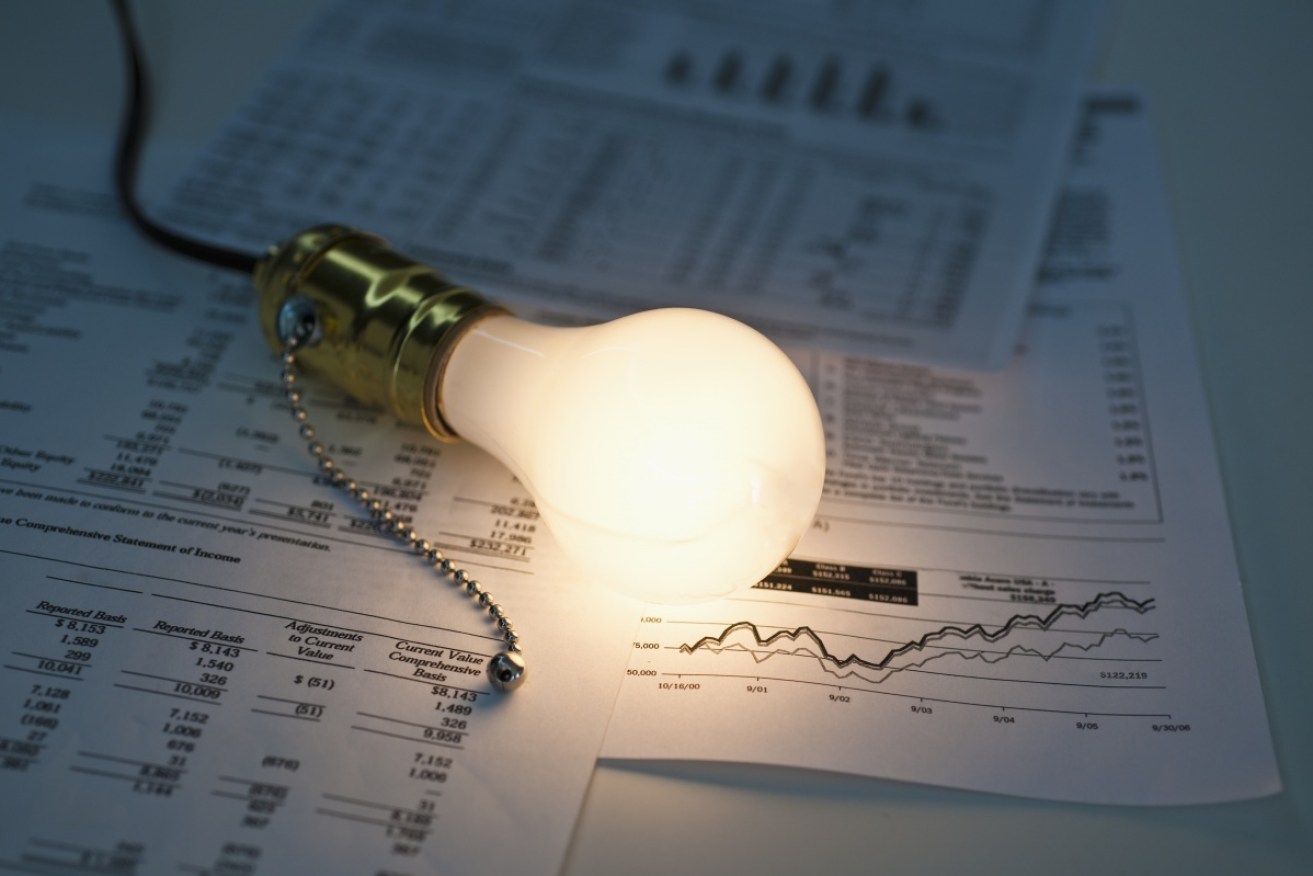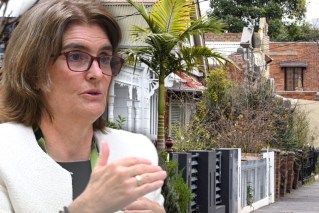Electricity prices are tumbling for generators, why not for consumers?

Wholesale energy prices have collapsed, but don't expect your provider to pass those savings along. Photo: Getty
The prices big power generators receive have collapsed, but don’t expect that to show up on your power bill any time soon – if ever.
Average active wholesale contract prices have fallen roughly 36 per cent over the past three months.
Forward prices are depressed way off into the future too – down 26 per cent in 2020, 15 per cent in 2021 and around 10 per cent into 2022 and 2023.
But at the household level there is little change in sight.
It has a lot to do with the slow transmission of pricing signals to the households through annual regulated price reviews, as well as the factors framing a power bill.
Then there are the supply and demand dynamics within the electricity grid itself.
A quarter, or a third lopped off your power bill? Forget it.
It might work out to 1 or 2 per cent in a couple of years’ time, according to leading analysts such as David Leitch, principal at energy consultants ITK.
“At the household level, half the price [on power bill] is poles and wires. That’s fixed and, if anything, will go up,” Mr Leitch said.
Only around 25 per cent of a household power bill directly relates to the wholesale price and the other 25 per cent cover retailers’ margins and costs, such a meter reading.
“So if the wholesale price goes down, say, 10 to 15 per cent, down the track it amounts to a couple of per cent on the bill,” Mr Leitch said.
“Consumers will see little change this year. Prices might come down 1 or 2 per cent over two years. For big [industrial] consumers it would be a bit more, maybe around 5 per cent.”
Greenview Strategic Consulting director Jon Dyson agrees households will not see much difference.
“Not in the short term,” Mr Dyson said.
Even if you see a sustained 10 per cent drop in wholesale price, it translates to 2.5 per cent on a power bill and that’s assuming it all gets passed through. As we’ve seen with banks and interest rate cuts, it’s something you can’t assume.’’
JP Morgan energy analyst Mark Busuttil does not see the wholesale electricity and gas price collapse as sustainable, particularly with forward-looking futures prices lower than spot prices.
“The rapid and significant collapse in wholesale electricity prices over the last three months has caught us by surprise,” Mr Busuttil told clients in a research note.
“On the gas side, we estimate Queensland gas producers require $8-$10/GJ (gigajoule) to be economic – well above current prices of $6.50/GJ.
“On electricity, renewable power plants are only marginally economic and there has been a noticeable slowing of capacity coming online.”
Demand down, supply up
Mr Leitch said the slump in the wholesale price was a complex issue as much, if not more, to do with a sudden fall in demand for electricity, rather than improvements on the supply side.
“Demand for the big generators has fallen by 0.5 per cent per annum. This March quarter there so far hasn’t been the big peaks in demand there were last year,” he said.
Electricity consumption across the national electricity grid was down almost 20 per cent last week, and that has been the trend since the start of the year.
Mr Leitch said falling demand was not a surprise given the rapid uptake of rooftop, behind-the-meter solar generation that now makes up around 7 to 8 per cent of energy consumption.
“Energy efficiency is also ongoing and that’s also encouraged by high prices,” he said.
“Look at the US. California has higher unit prices but their power bills are lower than Texas with its much-cheaper power.”
On the supply side, the Loy Yang 2A coal-fired unit and the Mortlake gas-peaking plant are up and running again, despite doubts they would be ready for summer.
New wind and solar are also having some impact, as are lower coal and gas prices.
What about gas?
More gas generation is coming online, which should help chisel off the peaks in sudden price spikes.
AGL has just opened a 210MW fast-start generator at Barker Inlet in South Australia.
A smaller 132MW unit in southern Queensland at Gatton is in the pipeline, as is a 330MW plant at Dandenong, on the outskirts of Melbourne.
As for more supplies from new gas fields, that is problematic given spot prices are uneconomic and future contracts are more than likely to be discounted substantially.
The current spot price is $6.50 [per GJ] because the Queensland producers can’t sell it to the Chinese for more, so they’re just as happy to sell it domestically and take the heat off [Energy Minister Matt] Canavan’s gas reservation plans,’’ Mr Leitch observed.
Mr Busuttil said the downward pressure on prices continued to reflect a sustained increase in new supply.
East coast gas production has trebled from around 640 petajoules in 2014 to 1900 petajoules last year.
“Unless there is a response from high-cost producers to lower prices, further supply growth could continue to weigh on spot prices this calendar year,” Mr Busuttil said, noting projects from Senex in Queensland, as well as Beach and Santos in the Cooper Basin are likely to add to supply.
Electricity futures v gas prices

Electricity futures prices fell with collapsing gas prices. (Source: JP Morgan, Bloomberg, AEMO)
Mr Dyson said more gas would help keep wholesale prices down, particularly heading off sharp spikes.
“Gas helps cap wholesale prices roughly between $100 and $200/MWH. If more gas is exported, that [range] shifts up to $300,” Mr Dyson said.
However, Mr Leitch argued the new plants would ultimately be only intermittent contributors to the power grid.
They would largely be battling it out with the expanding fleet of big batteries, both aiming to make big money in short, sharp bursts of low supply and increasing spot prices.
“They will provide extra security in places like Victoria and South Australia … particularly if Yallourn closes early,” Mr Leitch said.
However, emissions from gas generation will become an issue, just as it has with other fossil fuels, he said.
“It is already a big emitter … anyone thinking of building a cogen plant designed to operate in the daily balancing market is likely to have to confront a carbon cost during the lifetime of the plant.”

Global carbon emissions from gas are increasing at a more rapid rate than other fossil fuels. (Source: ITK, The Carbon Project)
– ABC









